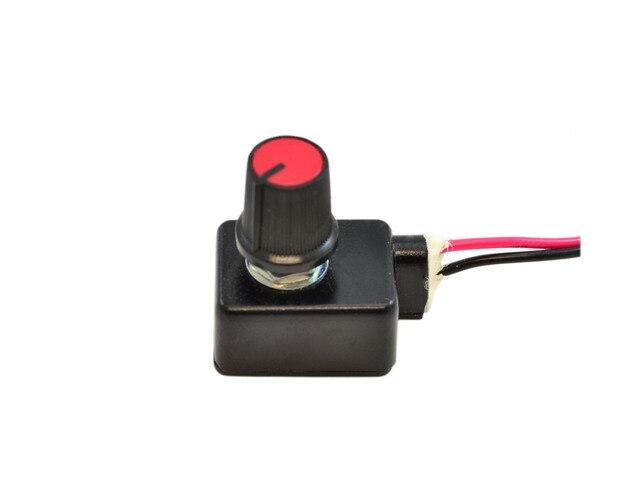All good. This stuff took me a long time to get a grasp of. A few years ago I couldnt tell you confidently if the power from a wall plug was AC or DC lol. Big ups to
@Rocket Soul and
@The Loafter and everyone else I kept bothering in PMs with questions.
If you check the QB288 board guide you can see the info there on what the boards pull at various currents and voltages. (No clue why these pages arent linked on the site anymore but if you google u can find them). *once i did the math some of my original guestimates were off.
High efficiency boards designed for Horticulture Lighting projects. QB 120 Boards can be powered upto 70 watts. Ideal for use in grow tents or grow area with reflective walls and grow spaces with limited height. No metal heatsink or thermal paste is required .

horticulturelightinggroup.com
View attachment 5000367
High efficiency boards designed for Horticulture Lighting projects. No Thermal Interface Material is required between the QB board and flat metal heatsink.

horticulturelightinggroup.com
View attachment 5000368
Anyway with Constant Current drivers, you are sending each module the same current. This is actually the way preferred by the manufacturers and what they recommend. This means when you connect them in series, each led module gets the same current, and then you add up the voltage used by each module.
For the 288s, lets start with the C2100 first. You can see from the HLG page that at 2100ma (or 2.1A) they will draw 48.96V each.
48.96 x 2.1 x 2 = 205.6 Watts.
For the C1750 you dont see that exact current on their list but you can figure it out by averaging the values at 1400 and 2100. So lets call it 48.1V (someone feel free to correct me but its been a long day and dont have that brainpower rn) at 1750ma which is same as 1.75A.
48.1 x 1.75 x 2 = 168 Watts.
for the QB120 at 2100ma they will pull 22.32V each.
22.32 x 2.1 x 4 = 188 Watts.
If you look at the datasheets for the drivers you will see that the
C1750 outputs 71 ~ 143V
C2100 outputs 59 ~ 119V
Now the one thing that makes this not 100% is that these drivers are actually CC/CV. Not sure how this works exactly but the simple explanation is it will output slightly more current to make up the difference. I know with my 240H-C1050 drivers if I have them turned all the way up they output 240W at the wall no matter what so I think that they are either pushing more current, or since there is more voltage available to each module it causes them to pull more current. Someone more experienced please clarify.










